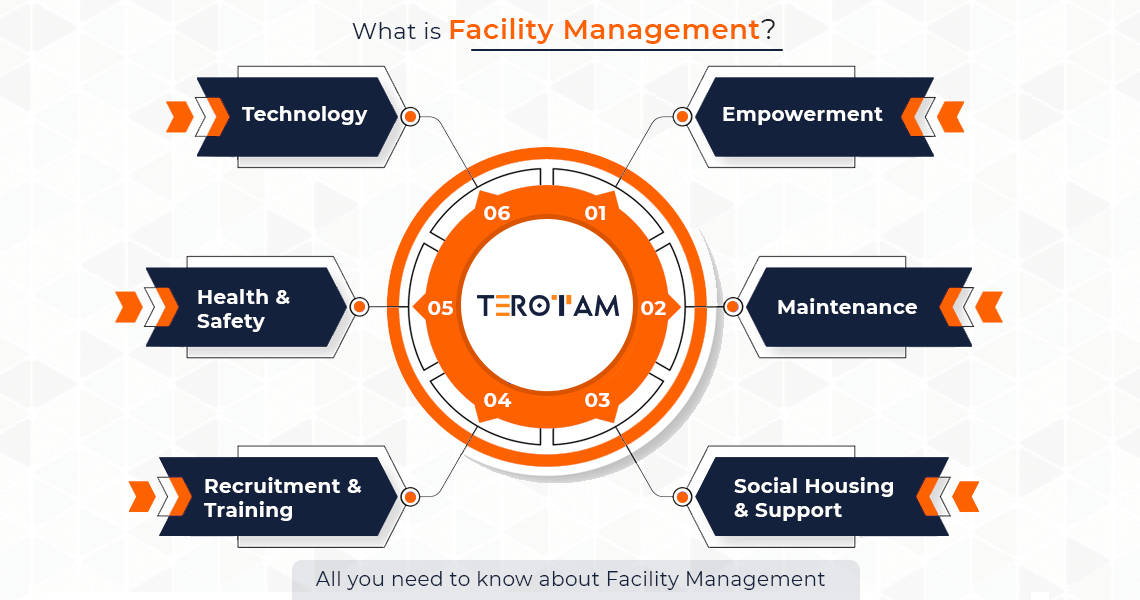In the fast-paced world of adventure capitalism, businesses thrive on efficiency, productivity, and smart management of resources. One critical tool enabling such success is a facility management system. But what is it? How does it streamline operations? And why is it a cornerstone for companies aiming to scale? Let’s dive in to explore the ins and outs of a facility management system and its transformative impact.
What is a Facility Management System?
At its core, a facility management system (FMS) is a digital tool designed to oversee, manage, and optimize the operational aspects of a company’s physical resources. From office spaces to equipment maintenance, energy management, and security, an FMS offers centralized control and data-driven insights.
Picture a bustling business hub or a sprawling manufacturing plant. Without a structured system in place, managing its operations can feel like juggling flaming torches while riding a unicycle! That’s where a facility management system swoops in to ensure smooth operations with minimal hassle.
Key Features of a Facility Management System
A modern facility management system is equipped with features that cater to diverse business needs. Some of the key capabilities include:
1. Asset Management
This feature tracks and monitors all physical assets, ensuring they are well-maintained and utilized efficiently.
Example: Scheduling maintenance for machinery to avoid costly breakdowns.
2. Space Utilization and Planning
An FMS can analyze how office spaces are being used, suggesting ways to optimize layouts for maximum productivity.
Example: Allocating workspaces to teams based on collaboration needs.
3. Energy Management
Monitoring and reducing energy consumption helps businesses save costs and meet sustainability goals.
Example: Using IoT sensors to control lighting and HVAC systems.
4. Compliance and Risk Management
A facility management system ensures that businesses adhere to regulatory standards and mitigate risks.
Example: Managing fire safety protocols and ensuring compliance with health codes.
5. Real-Time Reporting
With real-time data at your fingertips, decision-making becomes faster and more accurate.
Example: Accessing a dashboard showing maintenance schedules, asset conditions, and energy usage.
Why Adventure Capitalists Need a Facility Management System
In the realm of adventure capitalism, where risk-taking meets innovation, effective resource management is crucial. A facility management system aligns perfectly with the adventurous ethos by providing:
- Efficiency Gains: Streamlined processes reduce downtime and boost productivity.
- Cost Savings: Preventive maintenance and optimized energy use lower operational expenses.
- Scalability: As businesses grow, the system can adapt to larger operations seamlessly.
- Sustainability: Meeting green standards not only saves the planet but also attracts eco-conscious investors.
For adventure capitalists aiming to build empires, investing in a robust facility management system can be the strategic move that propels them ahead of competitors.
Real-World Applications of Facility Management Systems
1. Retail Industry
Managing multiple outlets becomes a breeze with centralized control over operations.
Example: A retail chain uses an FMS to track inventory levels and schedule maintenance for its storefronts.
2. Healthcare Sector
Hospitals rely on facility management systems to ensure equipment is functional, spaces are sanitized, and energy use is optimized.
Example: Scheduling HVAC system checks to maintain a sterile environment.
3. Manufacturing
Production facilities need an FMS to monitor machinery, reduce downtime, and manage inventory.
Example: Using predictive analytics to forecast equipment failures before they occur.
4. Corporate Offices
Smart office solutions, powered by an FMS, help businesses maximize productivity while minimizing waste.
Example: Automating room booking systems for meetings.
How to Choose the Right Facility Management System
Investing in a facility management system is a strategic decision. Here’s how businesses can ensure they pick the right one:
1. Assess Your Needs
Identify what your business requires from an FMS. Are you focused on energy savings, asset management, or compliance?
2. Prioritize Usability
A system that’s easy to use ensures that employees will adopt it without hesitation.
3. Look for Customization
Choose a solution that can be tailored to your specific industry needs.
4. Ensure Integration
Your FMS should integrate seamlessly with existing tools like ERP or CRM software.
5. Evaluate Vendor Support
Strong customer support ensures you’ll have assistance whenever needed.
Future Trends in Facility Management Systems
The facility management system landscape is evolving rapidly, with exciting trends shaping its future:
1. Artificial Intelligence (AI)
AI-powered systems predict maintenance needs, optimize resource allocation, and provide actionable insights.
2. Internet of Things (IoT)
IoT devices enable real-time data collection, making systems more responsive and efficient.
3. Sustainability Focus
As businesses aim for carbon neutrality, FMS solutions are becoming pivotal in achieving eco-friendly goals.
4. Mobile Accessibility
Mobile-friendly interfaces allow managers to monitor facilities from anywhere, ensuring operations are always under control.
Final Thoughts
In today’s competitive business world, a facility management system is not just a tool; it’s a strategic asset. For those immersed in adventure capitalism, where calculated risks and smart investments define success, adopting an FMS can unlock unparalleled efficiency and profitability.
So, whether you’re managing a sleek office, a bustling hospital, or a cutting-edge manufacturing plant, a facility management system could be your golden ticket to operational excellence. Why not take the leap today? After all, in the game of adventure capitalism, only the smartest players win!









